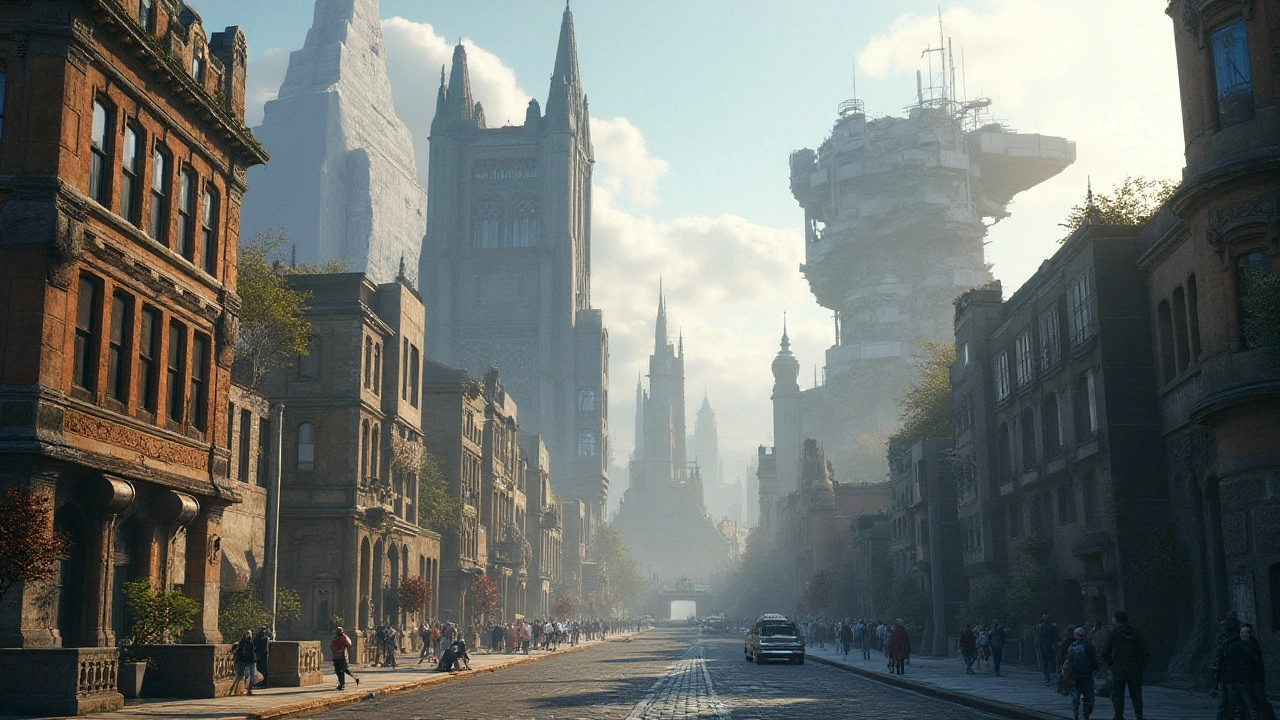Design Movements: Styles That Shape Buildings & Culture
Design movements change how we build, live, and decorate. Some started as bold reactions — think Gothic Revival’s drama or Minimalism’s calm — and others grew from technology, trade, or politics. Knowing a few key features helps you spot a style on the street and use it in your home or projects.
Recognize the big families
Start with a handful of recognizable groups. Ancient and classical styles include Ancient Roman, Greek Revival, and Renaissance — look for arches, columns, domes, and balanced proportions. Gothic Revival and Romanesque bring pointed or rounded arches, heavy stone, and vertical emphasis. Baroque and Rococo favor ornament, curves, and theatrical interiors. Beaux-Arts mixes classical order with grand scale and decorative sculpture. Modern movements like Functionalism, Minimalism, and Postmodernism focus on function, simplicity, or playful form. Each post on this tag explores one or more of these movements with clear examples you can visit or study.
Want a quick ID trick? Check materials and details. Stone and heavy masonry often signal historic revivals. Smooth concrete, glass, and steel point to modern movements. Decorative flourishes usually belong to older or revival styles; clean lines suggest modern or minimalist approaches.
Use styles without copying history
Applying a design movement to real life doesn’t mean copying an old building. Pick one clear element and use it thoughtfully. For example: add a gambrel roof detail to a cottage for a Dutch Colonial Revival nod; bring in a large arched window to hint at Roman influence; or strip a room down to neutral tones and one or two natural materials to capture Minimalism. Our articles give simple tips: small changes that read as intentional rather than costume-like.
Preservation and renovation need a different mind-set. If you work on a historic property, read guides about preserving original features like stained glass, mosaics, stone carving, or timber framing. Some posts here cover conservation techniques and common challenges for Beaux-Arts, Byzantine, and other heritage styles.
Curious about cultural meaning? Many movements reflect social shifts. Expressionist architecture shows emotional, experimental forms after World War I. Revivalism often signals a society reconnecting with identity or tradition. Minimalism in tech and design answers modern overload by simplifying choices. Understanding the why helps you decide which style suits a project or space.
Use this tag as a map. Start with a movement that matches your goal — grandeur, warmth, clarity, or surprise — then read a few focused posts for practical tips and real examples. You’ll spot patterns faster, make smarter design choices, and enjoy architecture and design with a clearer eye.

Embracing Deconstructivism: Unleashing Architectural Chaos
Deconstructivism challenges traditional architectural norms by celebrating disarray and fragmentation. This movement emerged in the late 20th century as architects sought to break free from conventional forms and embrace unpredictability. It highlights the beauty found in asymmetry and non-linear designs, with iconic structures like Frank Gehry's Guggenheim Museum exemplifying its principles. Understanding deconstructivism offers insights into how it reshapes our definition of space and design.
Read more